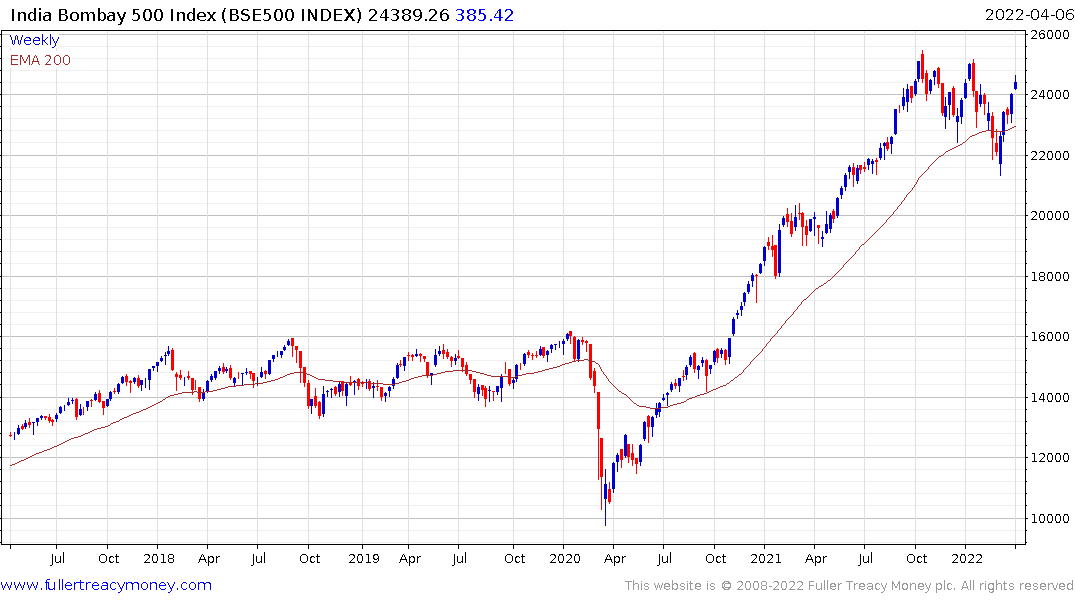How Did That Happen?
Thanks to a subscriber for this report by Bill Spitz for Diversified Trust which may be of interest. Here is a section:
As shown, the working age population in the U.S. is expected to be relatively flat whereas both Europe and China will likely experience a significant decline. The key point is that economic growth is equal to the sum of growth in the working age population and productivity growth. Therefore, unless China can stimulate significant productivity growth, it can expect a significant slowdown in economic growth. While not top of mind for most Americans, this likely slowdown has important implications for the U.S. First, slower economic growth may cause socio-political issues for the Chinese government which may further complicate already tense international relations. Second, a shrinking workforce in China will likely result in higher wages which may import inflation to the U.S. given our dependency on China for the manufacturing and assembly of so many types of goods. Third, recent supply constraints in the U.S. will likely continue on a sporadic basis. Finally, a maturing population in China will consume internally more of what it produces. This example is so fascinating because the unintended consequences of a forty year old policy decision are currently impacting the entire globe.
Here is a link to the full report.

This chart included with this report highlighting the reversal of working age population growth in China, Europe and the USA is particularly relevant. It suggests a migration of manufacturing and labour-intensive activity to lower median age countries is inevitable over the coming decade.
India is a near-term beneficiary. It has hundreds of millions of young people. Providing them with opportunities will be essential if social cohesion is to be sustained.
 The BSE500 has rebounded impressively to retest the peaks. Given the uncertain global environment, some consolidation appears likely. Given the secular trend, India is likely to remain a buy on the dips for at least the next decade.
The BSE500 has rebounded impressively to retest the peaks. Given the uncertain global environment, some consolidation appears likely. Given the secular trend, India is likely to remain a buy on the dips for at least the next decade.


